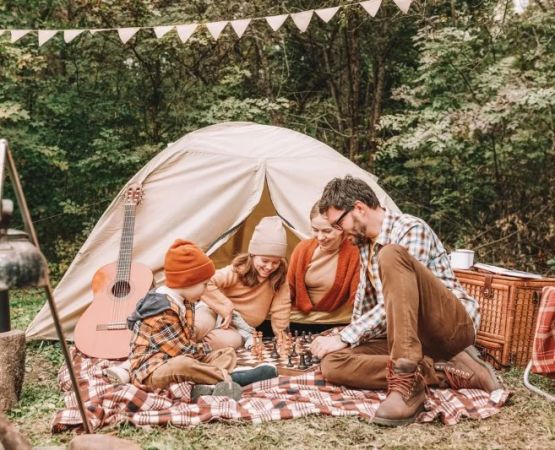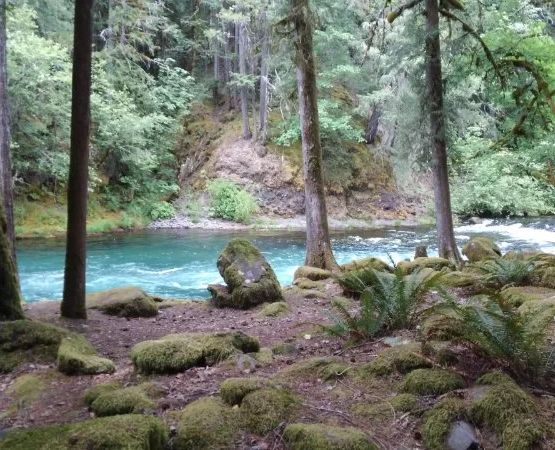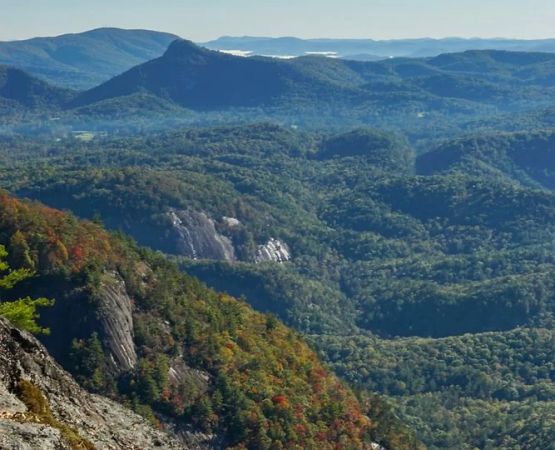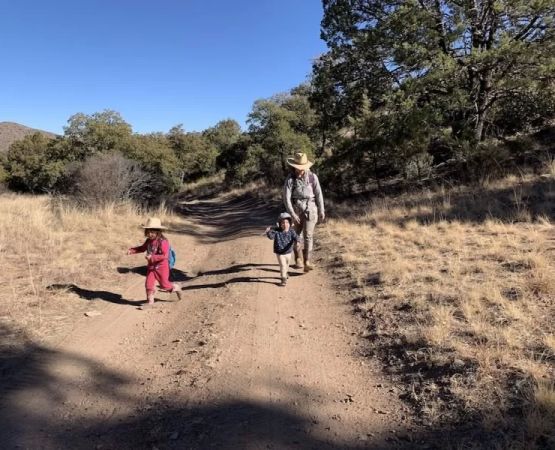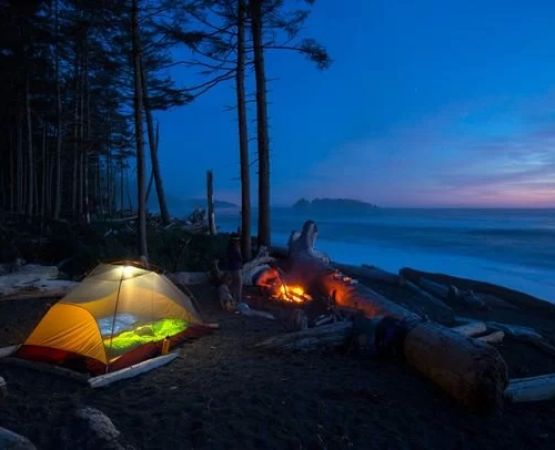- 1 - Understanding Accessible Camping
- 2 - Preparing for Your Trip: Planning and Research
- 3 - Choosing the Right Campsite with Accessibility in Mind
- 4 - Essential Equipment and Gear for Accessible Camping
- 5 - Safety and Comfort Tips for Campers with Limited Mobility
- 6 - Real-Life Accessible Camping Stories
- 7 - Why Pine Cliff Resort Is Perfect for Accessible Camping
1. Understanding Accessible Camping
Camping is one of the best ways to connect with nature—but for many people with limited mobility, the idea of spending time outdoors can feel intimidating. Thankfully, accessible camping has evolved dramatically in recent years. Modern campsites now feature paved trails, wheelchair-accessible cabins, and adaptive equipment designed to make nature inclusive for everyone.
Accessible camping isn’t about limiting your adventure; it’s about adapting the experience to fit your needs. Whether you use a wheelchair, walker, or have a temporary injury, you can still enjoy the peace and beauty of the outdoors. The key lies in preparation, the right location, and understanding your own comfort level.
2. Preparing for Your Trip: Planning and Research
Planning is the foundation of a successful and stress-free camping trip. Start by choosing your destination wisely. Look for campsites labeled as “ADA accessible” or those that specifically advertise amenities for people with disabilities. National parks across the U.S., such as Yosemite and the Great Smoky Mountains, offer designated accessible camping areas complete with paved paths, accessible restrooms, and adapted picnic tables.
Before heading out, call ahead to verify details about the terrain, cabin access, and parking availability. Weather conditions can also affect accessibility—rain, for example, might make dirt trails difficult to navigate. Having a backup plan and a clear understanding of the environment will help you avoid surprises and enjoy your time outdoors.
3. Choosing the Right Campsite with Accessibility in Mind
Finding the perfect campsite involves more than just picking a beautiful view. For those with limited mobility, accessibility is key. Look for campsites that feature wide, even pathways; level parking areas; and close proximity to essential facilities like bathrooms and water sources. Many modern campgrounds also provide accessible picnic tables and fire pits, designed with extra space for wheelchairs or mobility devices.
If you prefer more comfort, consider renting a cabin or RV site with accessible features. Pine Cliff Resort, for example, offers barrier-free lodging options with ramps, wide doorways, and step-free showers. This thoughtful design ensures that guests with limited mobility can experience nature without sacrificing convenience or safety.
4. Essential Equipment and Gear for Accessible Camping
Having the right gear can make all the difference. Depending on your level of mobility, adaptive equipment can help you move freely and stay comfortable throughout your trip. Some of the most useful items include:
1. Accessible tents: Choose a tent with a wide entrance, low threshold, and interior space that allows for movement with assistive devices.
2. Portable ramps: Lightweight ramps can provide easy access to raised surfaces or uneven terrain.
3. Mobility aids with off-road tires: Wheelchairs or walkers with large, durable wheels can handle rougher paths.
4. Camping chairs with arm support: Perfect for stability when sitting around the campfire.
5. Adaptive cooking tools: Long-handled utensils or camp stoves at adjustable heights make cooking easier for everyone.
Additionally, investing in good lighting—such as headlamps or solar lanterns—can improve safety during nighttime movement around camp.
5. Safety and Comfort Tips for Campers with Limited Mobility
Safety should always come first. Always inform someone of your travel plans, especially if you’re visiting a remote location. Bring along a fully charged phone or a GPS-enabled emergency device. When setting up camp, choose a level surface free from rocks and roots to prevent slips or falls.
Comfort is equally important. Bring a supportive sleeping pad or air mattress that’s easy to get in and out of, and consider packing extra cushions or pillows for added back support. Staying hydrated and maintaining your medication schedule are also essential for your health and stamina during the trip.
Lastly, take your time. There’s no need to rush through activities. Whether you’re bird-watching, fishing, or simply enjoying the crackle of a campfire, accessible camping is about embracing nature at your own pace.
6. Real-Life Accessible Camping Stories
Across the U.S., campers with limited mobility are redefining what outdoor exploration means. Take, for instance, Emily from Oregon, who uses a wheelchair but has camped in over 20 national parks. “I used to think camping wasn’t possible for me,” she said, “but discovering accessible trails changed everything. Now it’s part of my lifestyle.”
Another inspiring story comes from Mark, a veteran who lost partial leg mobility after an accident. “At first, I was nervous about being outdoors again,” he admitted. “But with the right equipment and support, I realized the wilderness didn’t exclude me—it welcomed me.” These stories remind us that accessibility opens doors not just to nature, but to freedom and self-confidence.
7. Why Pine Cliff Resort Is Perfect for Accessible Camping
Pine Cliff Resort is one of the top destinations in the U.S. for accessible camping. With well-maintained paths, ADA-compliant facilities, and comfortable cabin options, it ensures that all guests can experience the beauty of the outdoors without barriers. Whether you’re navigating the scenic trails, relaxing by the lakeside, or enjoying an evening by the fire, the resort’s inclusive design caters to every adventurer.
Camping with limited mobility doesn’t have to be challenging—it can be empowering. With thoughtful planning, adaptive gear, and the right destination, you can enjoy the full magic of nature. The wilderness belongs to everyone, and with places like Pine Cliff Resort, that truth becomes more accessible every day.


